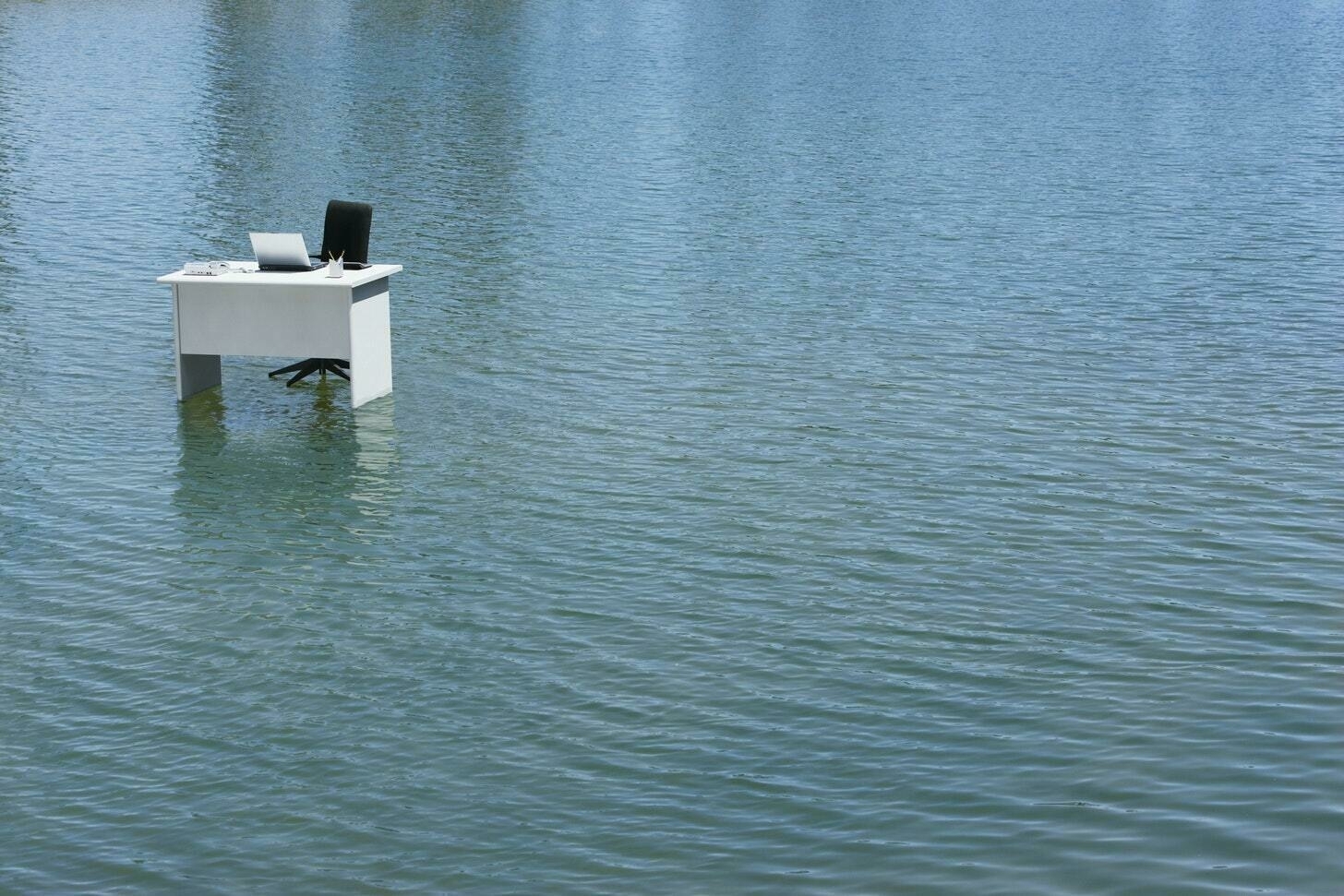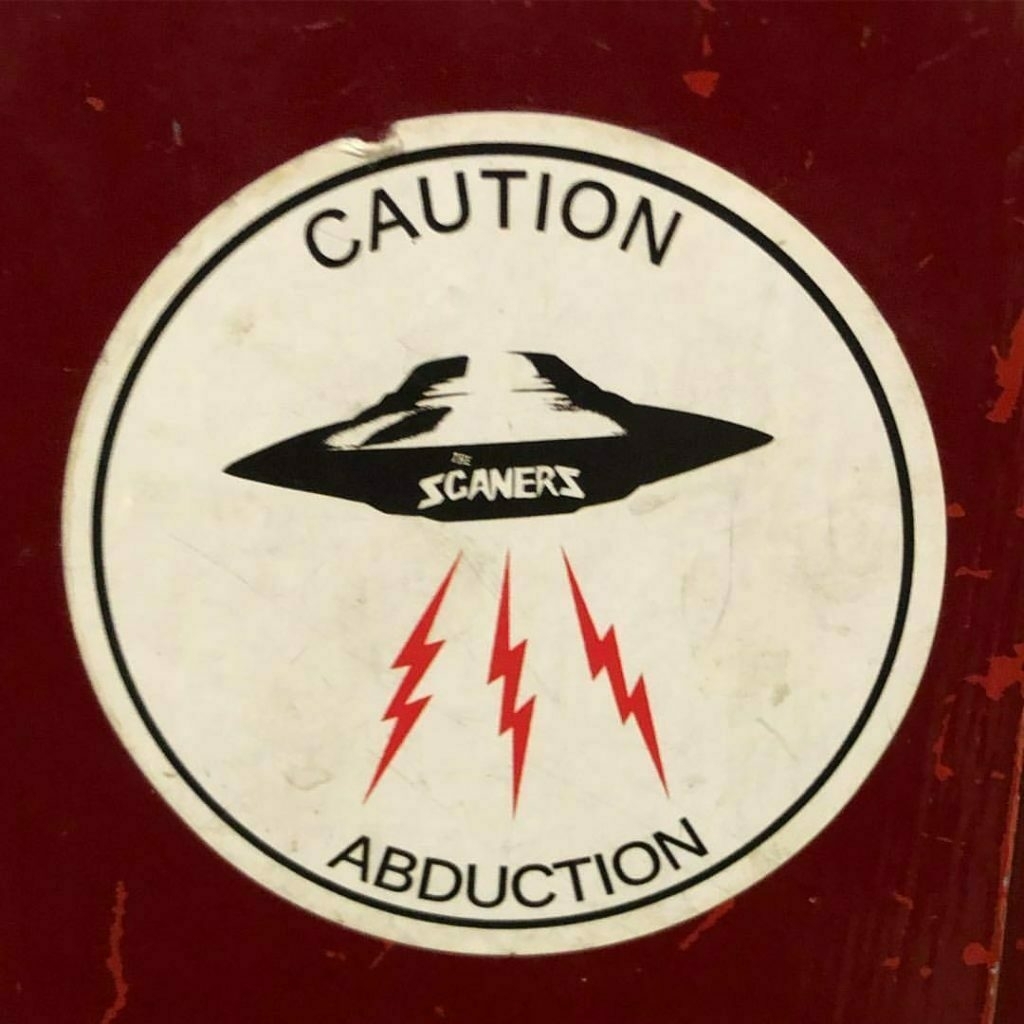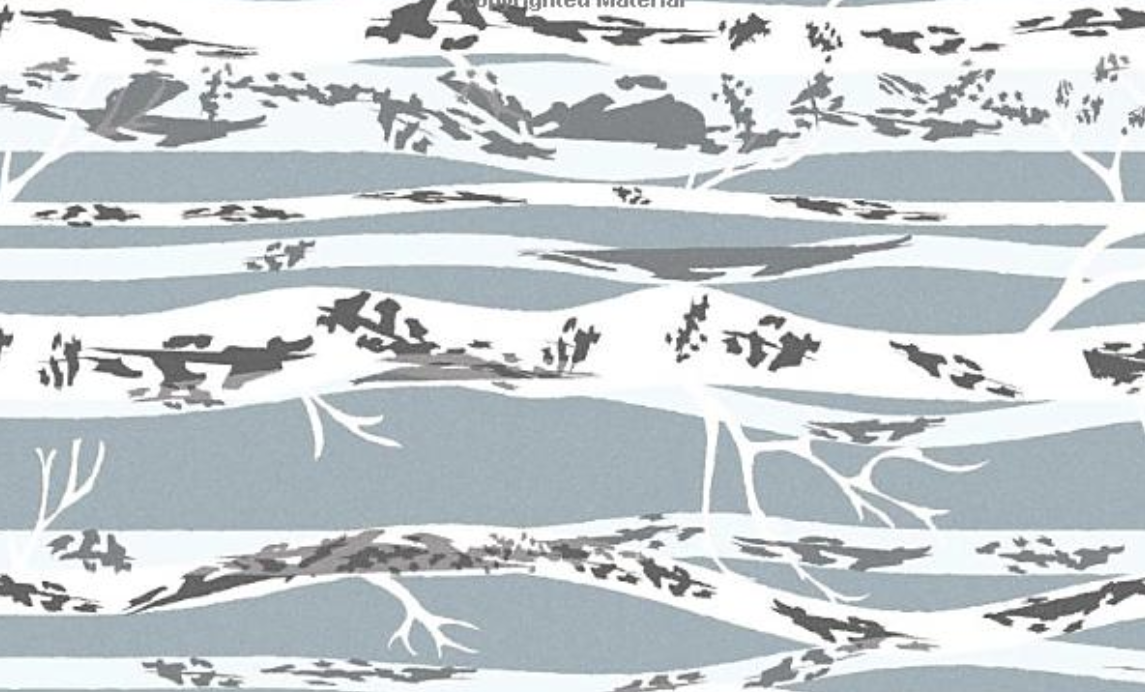- It's about radiating intent
- It’s about modelling better ways of working
- It’s an important feedback loop
- It’s about creating provenance for the work and for your integrity
- It’s a double-sided coin
- Using your positionality
Developing your own style (and archive)
I like the way that Warren Ellis works out loud. I’ve read some great books because of this, and learned a lot about developing your own style.
I no longer look at traffic stats. I know what it is. That’s not what this site is for. This is a space for achieving personal goals: I’m using it to get thoughts out in front of me where I can see them properly, and if you’re here with me reading over my shoulder, I’m happy with that.Source: LTD Development | WARREN ELLIS LTD[…]
[T]his place should be a repository of all the things that interest me and teach me, under the general rubric of storytelling, culture and knowledge work. That’s the focus. This is a tool. That means, among other things, that I need to get better at deep linking back into the archive of the site. This is one thing that social media trained us out of. If you’ve been around a while, tumblelogs kind of did that to us too.
[…]
Modifier: “evolving the tools” becomes its own rabbit hole. Just learn the habit of putting stuff where you can fucking find it later, Warren.
Surveillance vs working openly
Austin Kleon is famous for his book Show Your Work, something that our co-op references from time to time, as it backs up our belief in working openly.
However, as Kleon points out in this post, it doesn’t mean you need to livestream your creative process! For me, this is another example of the tension between being able to be a privacy advocate at the same time as a believer in sharing your work freely and openly.
It’s bad enough trying to create something when nobody’s watching — the worst trolls are the ones that live in your head!Source: You can’t create under surveillance | Austin KleonThe danger of sharing online is this ambient buildup of a feeling of being surveilled.
The feeling of being watched, or about to be watched.
You have to disconnect from that long enough to connect with yourself and what you’re working on.
Why commute to an office to work remotely?
This piece by Anne Helen Petersen is so good about the return to work. It’s ostensibly about US universities, but is so much widely applicable.
As I’ve said to several people over the past few weeks, the idea of needing staff to be in a physical office most of the time for ‘serendipitous interactions’ is ridiculous. Working openly allows for much greater serendipity surface than any forced physical co-location might achieve.

On college campuses across the United States, staff are back in the office. More specifically, they’re back in their own, individual offices, with their doors closed, meeting with one another over Zoom or Teams, battling low internet speeds, and reminding each other to mute themselves so that the sound of the meeting doesn’t create a deafening echo effect for everyone else.Source: The Worst of Both Work Worlds | Culture StudyFor some, the office is just a quick walk or bike ride away. But for many, coming into the office requires a distinctly unromantic commute. It means cobbling together childcare plans, particularly with the nationwide bus driver shortages and school quarantine regulations after illness or a potential exposure. It means paying for parking, and packing or paying for their lunches, and handing over anywhere from 20 minutes to two hours of their day. They are enduring the worst parts of a “traditional” job, only to go into the office and essentially work remote, with worse conditions and fewer amenities (and, in many cases, less comfort) than they had at home. It’s the worst of both work worlds.
[…]
The university might seem like a weird example of an “office,” but it’s a pretty vivid illustration of one. You have leadership who are obsessed with image, cost cutting, and often deeply out of touch with the day-to-day operations of the organization (administration); a group of “creatives” (tenured faculty) who form the outward core of the organization and thus have significant self-import but dwindling power; full-time employees of various levels who are fundamental to the operation of the organization and chronically under-appreciated (staff) ; an underclass of contingent and contract workers who perform similar jobs to full-time employees but for less pay, fewer protections, less job security, and are held in far less esteem (grad students, adjuncts, and sub-contracted staff, including building, maintenance, food service, security). And then there’s the all-important customer, whose imagined needs, preferences, whims, demands, and supply of capital serve are the axis around which the rest of the organization rotates (students and their parents).
Giving work oxygen
Cassie Robinson, whose work I seem to have been two steps removed from over the last decade, talks about the importance of weeknotes and working openly in general.
Her reasons for doing so?


